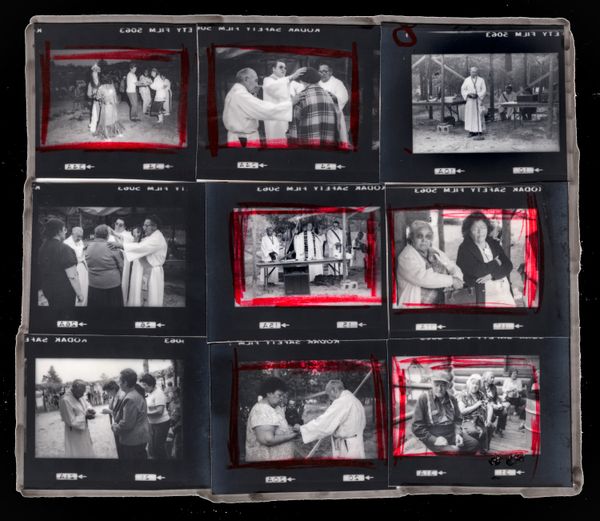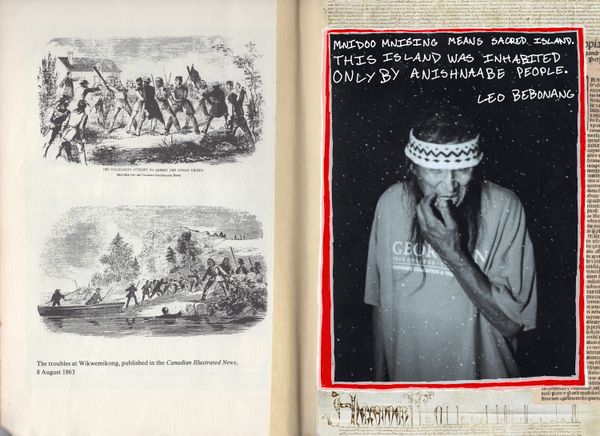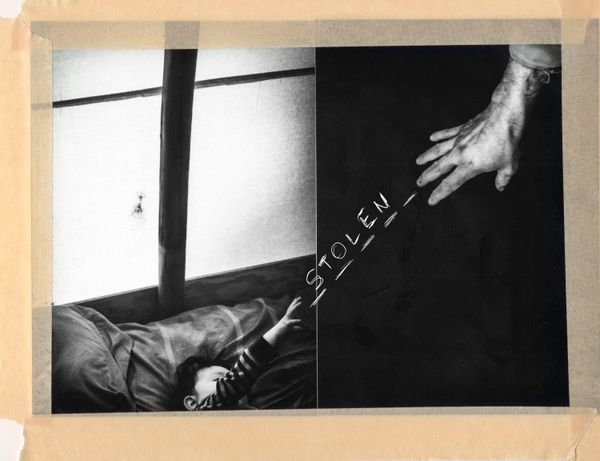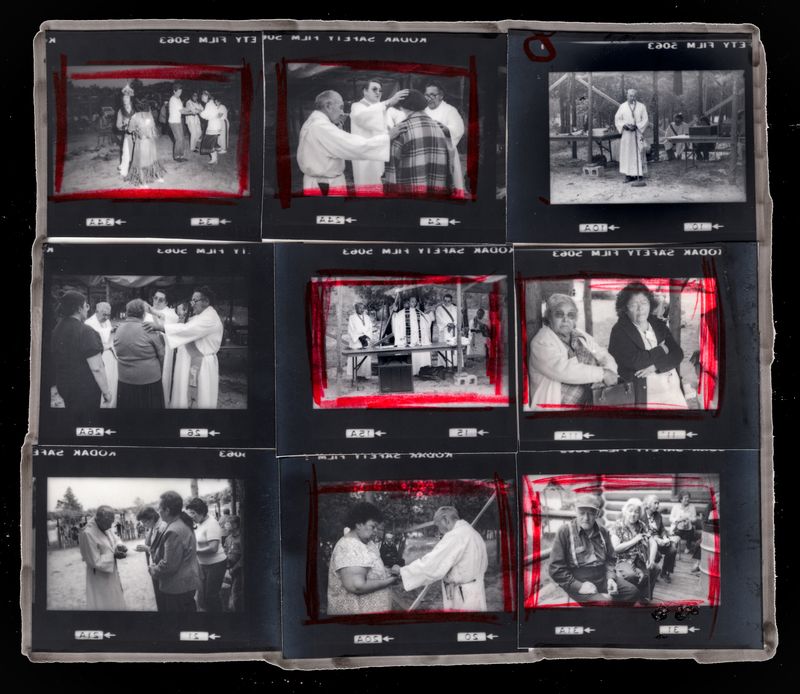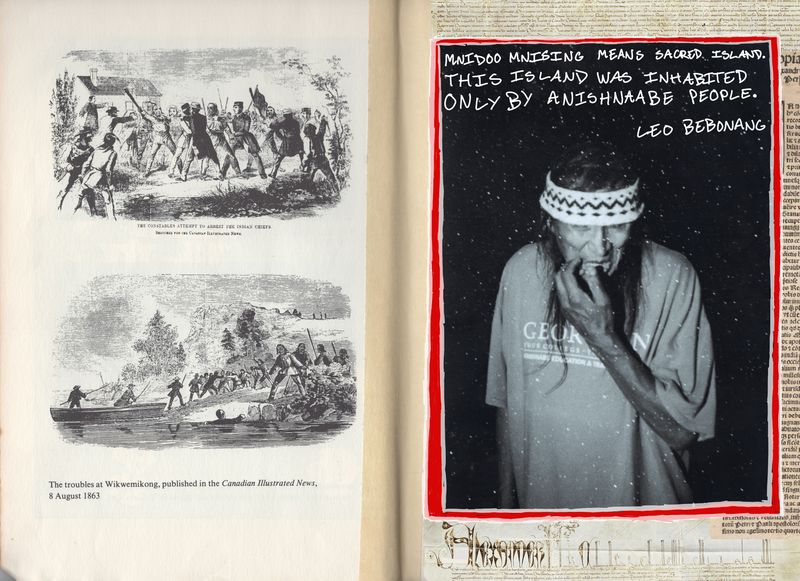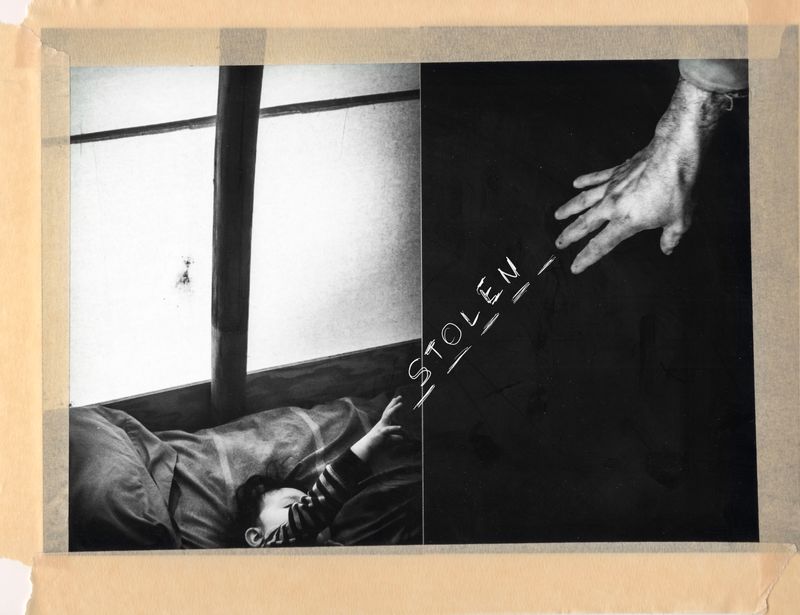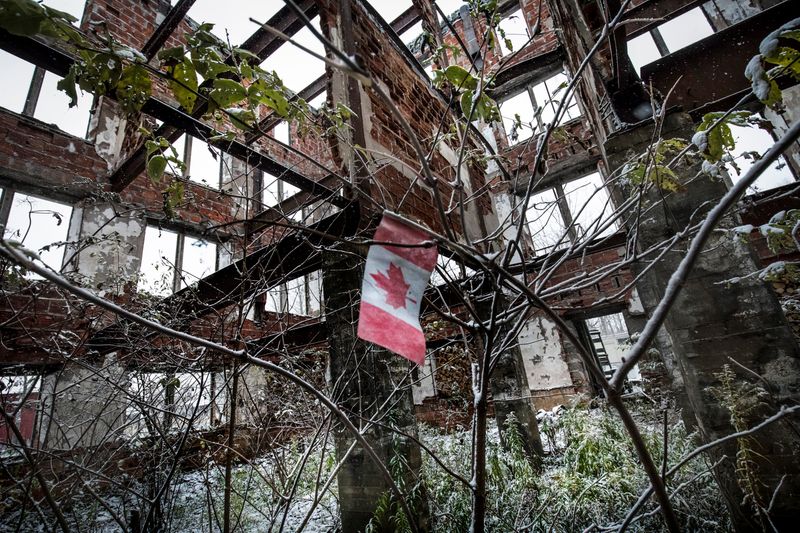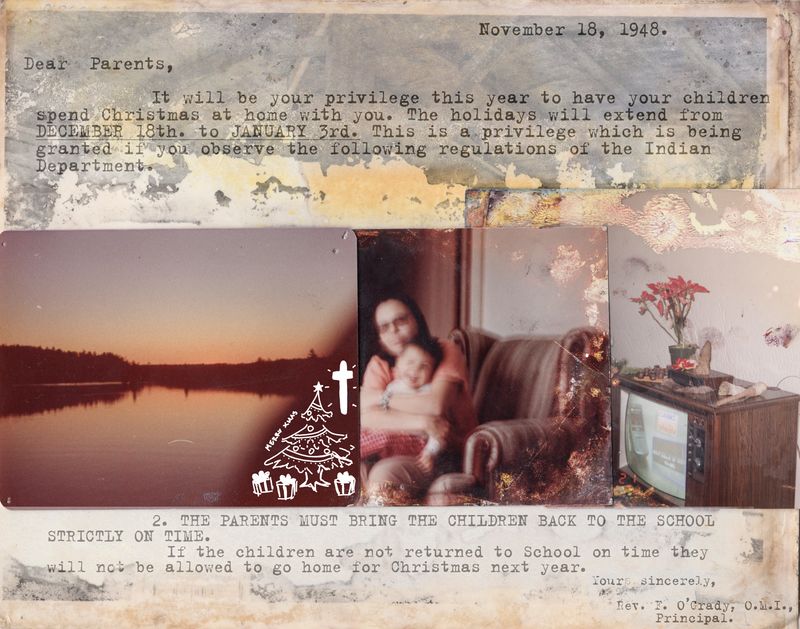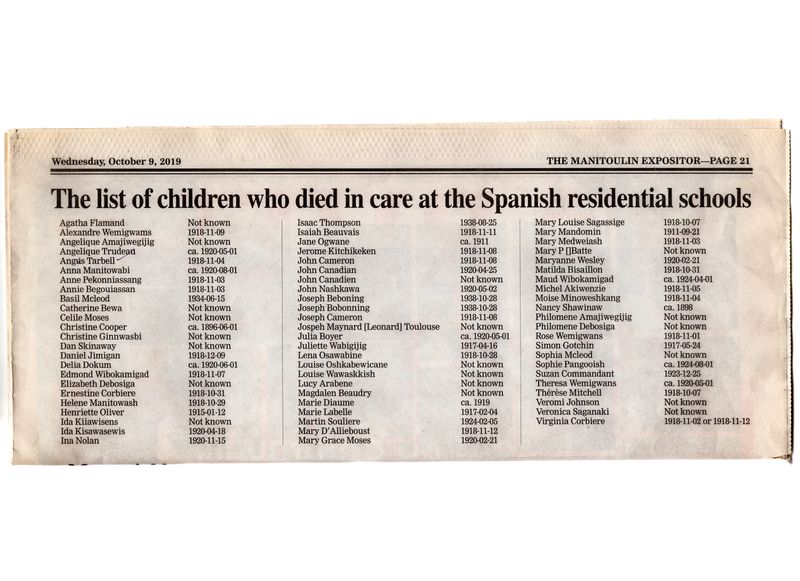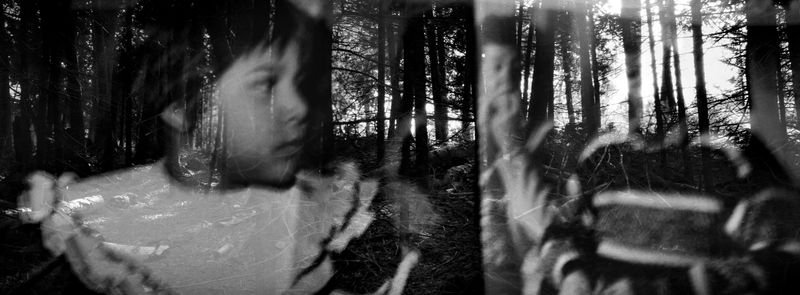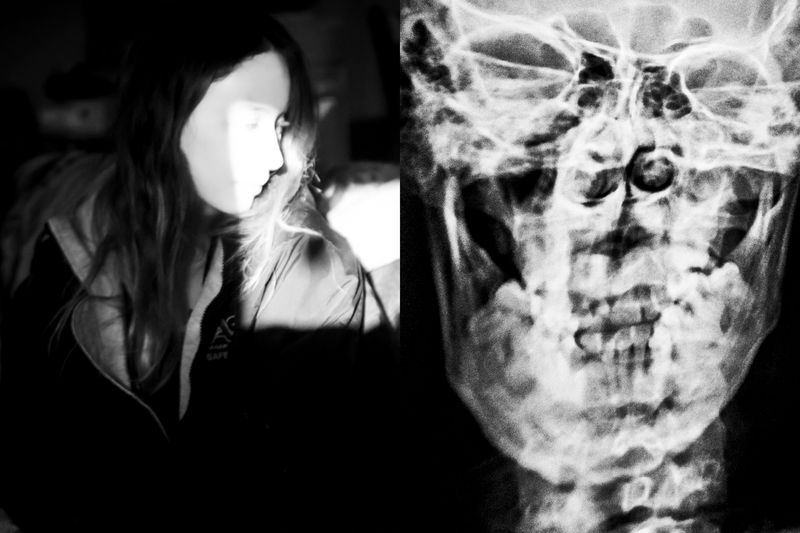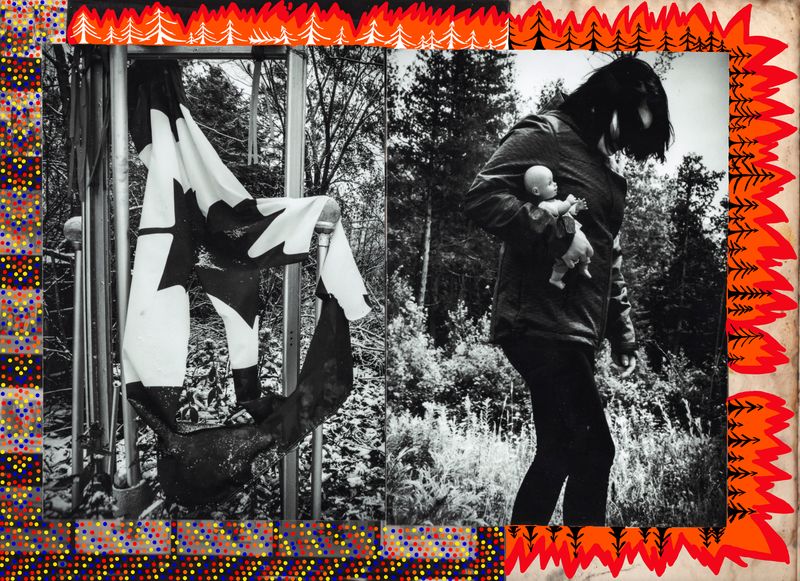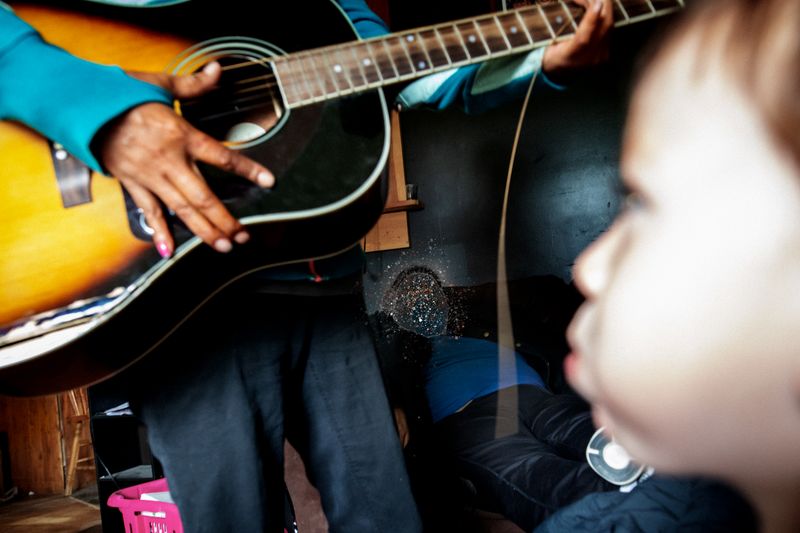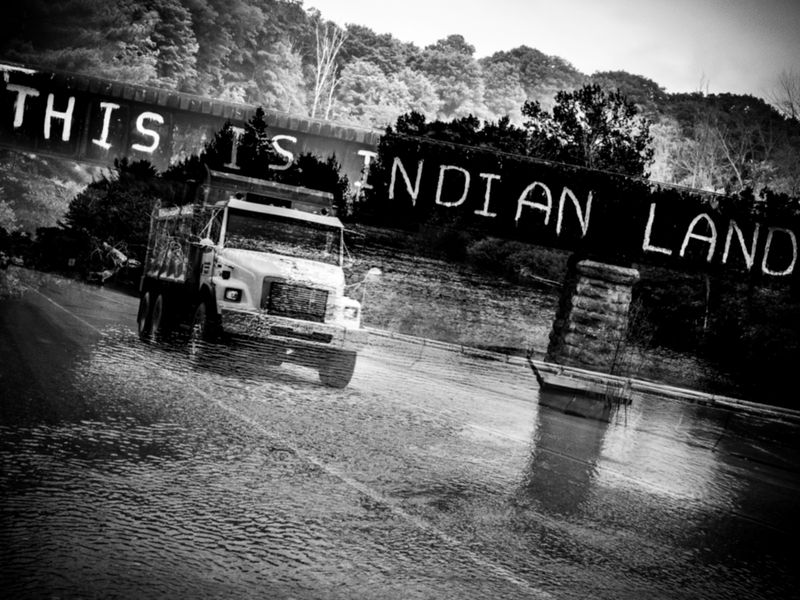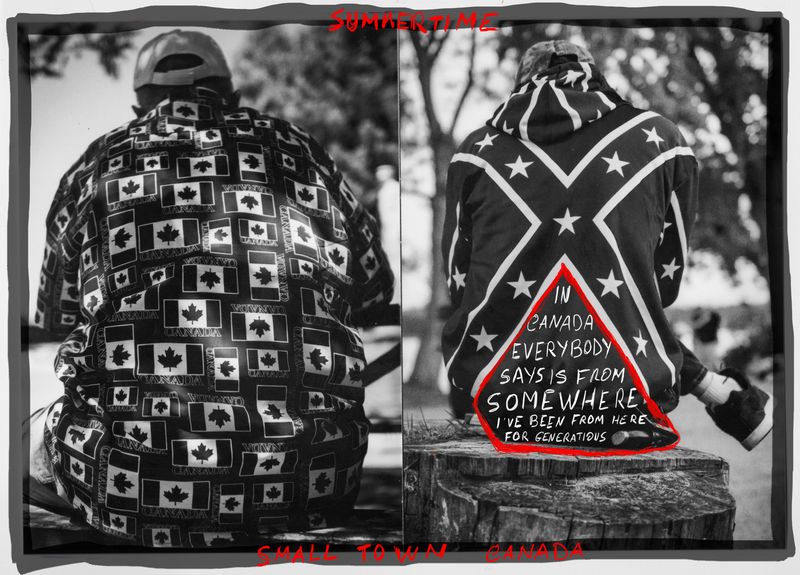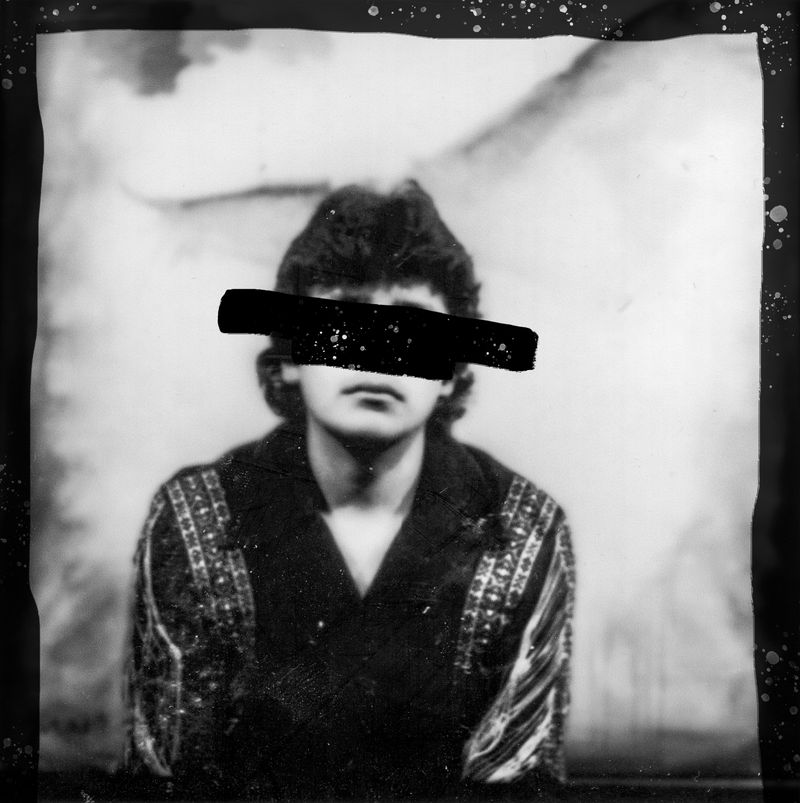Terra Nullius
-
Dates2014 - Ongoing
-
Author
- Location Canada, Canada
Terra Nullius reveals Canada’s colonial history of Indigenous oppression. Through archival research, photography, and oral histories, the project challenges dominant narratives, highlighting Indigenous perspectives and advocating for autonomy and healing.
Terra Nullius, Latin for "nobody's land," was a colonial construct used to justify the seizure of territories deemed unclaimed or uncivilized. It served as a foundation for European expansion across the Americas, displacing Indigenous peoples and erasing their sovereignty.
Beneath Canada’s progressive image lies a history of Indigenous exploitation, forced assimilation, and uprooting, often obscured by romanticized pioneer myths and the allure of a multicultural society.
Over the past decade, I’ve worked alongside Indigenous communities in Canada, gathering archives, creating images, and assembling collages. I took a careful, genealogical approach, assembling forgotten documents, drawings, old negatives, and cut contact sheets, while reimagining oral stories and personal testimonies through contemporary photographs. Drawing on the ideas of French philosopher Michel Foucault, genealogy is a slow, patient process that digs beneath surface-level accounts, revealing how mainstream history often reflects the interests of those in power, and overlooks their heinous crimes.
With guidance from local elders and those living with intergenerational trauma, this project disrupts dominant narratives by piecing together fragments of a silenced history. As an immigrant, I aim to confront colonial erasure, amplify Indigenous voices, and advocate for self-determination—challenging the lens that dismisses these injustices as mere footnotes of progress.
